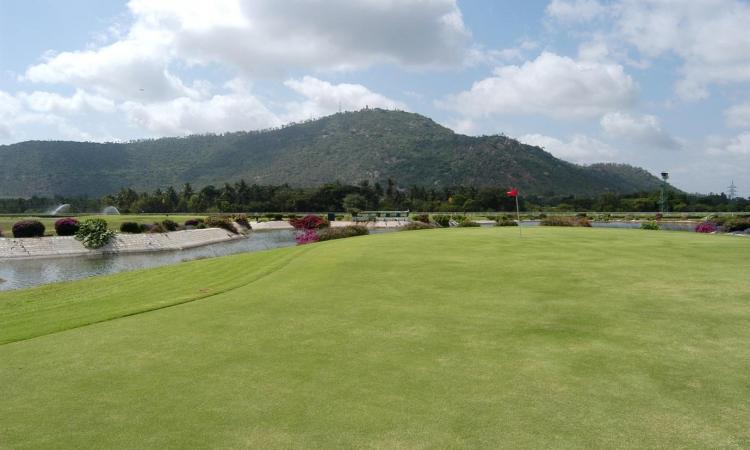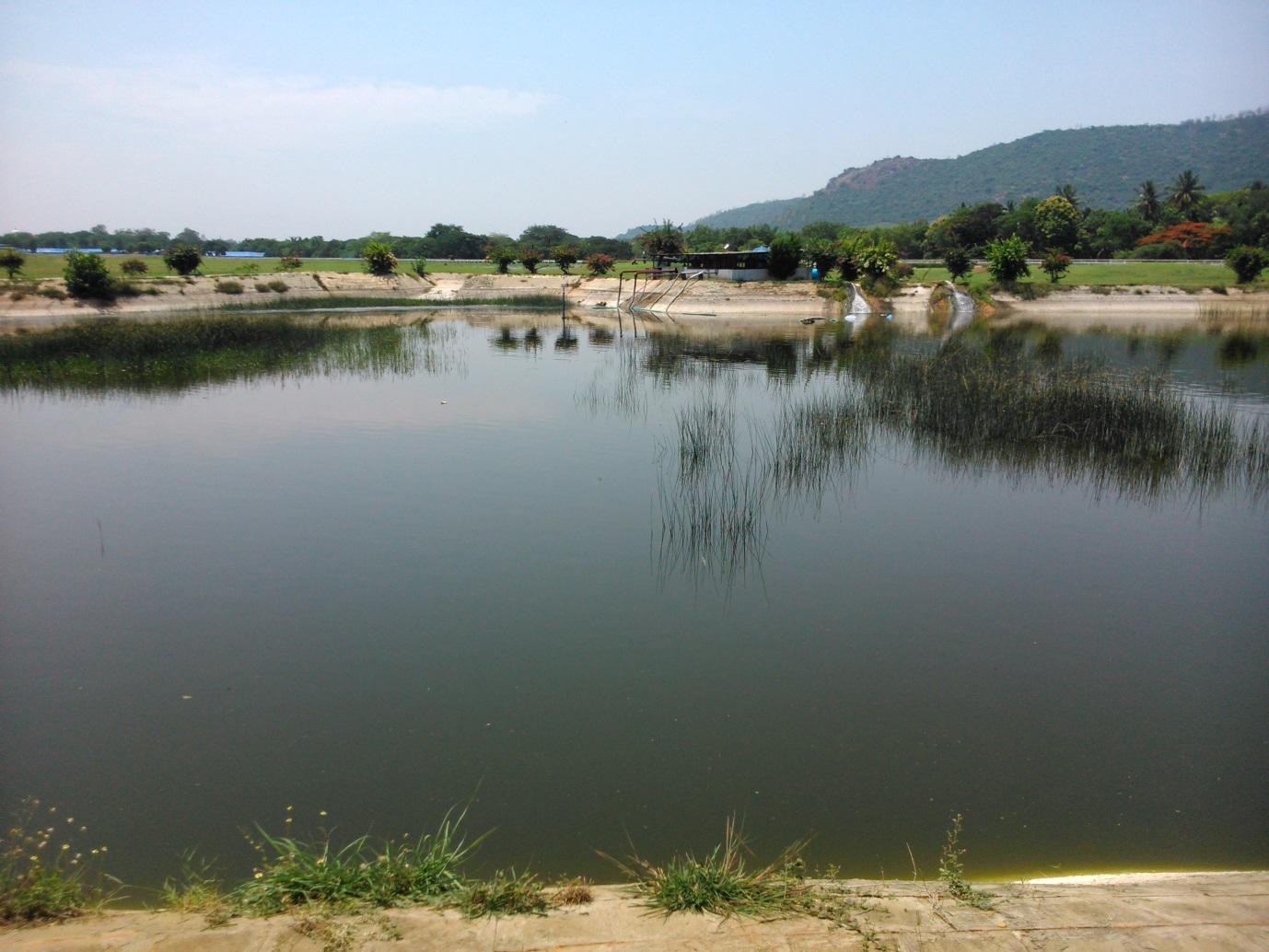
Expansive, lush green spaces and golf courses go hand in hand. Quite often, these courses are laid out in pristine surroundings that offer a stunning backdrop. However, the amount of water required to maintain such spaces in such a condition, is no joke.
Use of treated wastewater for landscape irrigation
With water resources dwindling at an alarming rate, landscape irrigation of golf courses and public spaces can have long term economic and environmental benefits [1]. Treatment of municipal sewage wastewater for direct consumption and for irrigation of food crops have always been viewed with apprehension [2]. However, a novel approach for utilisation of treated wastewater for landscape irrigation is quite a promising enterprise [3].
This can be especially beneficial in developing countries, where available funds are often not sufficient to treat wastewater for human consumption. Treatment plants can be set up to treat water for landscape irrigation, which requires a lesser degree of treatment than that required for consumption purposes [4 ].
Treated wastewater is already being used for landscape irrigation in public spaces in developed countries such as the USA even in drought-hit areas like Roseville, California, where the Pleasant Grove Water Treatment Plant treats almost 7 million gallons of wastewater per day [5]. The recycled water keeps the green spaces beautiful while preserving potable water for drinking and other uses. In developed countries, the treated water is monitored so that it strictly adheres to the requirements before being used for landscape irrigation [3].
Successful use of treated wastewater for landscape irrigation in India
In the context of developing countries such as India, The Jayachamarajendra Wodeyar Golf Club (JWGC) in Mysore, India provides an interesting example of the successful use of treated wastewater for landscape irrigation. The golf club is spread over 110 acres in the premises of the Mysore Race Club [7]. Regarded as one of the most picturesque golf courses in the country, with the spectacular Chamundi hills as a backdrop, utmost care is taken to maintain the high quality of the turf.
However, the high maintenance standards require a very high consumption of water which, especially during the summer, is in short supply. Apart from using groundwater for irrigation, the authorities have come up with a solution to reuse water by constructing a wastewater treatment plant that not only ensures that the water requirement is met, but also reduces the usage of the diminishing fresh water resource.
The treatment process
The treatment process is fairly uncomplicated. Treated sewage water is taken from the municipal treatment plant, which is located a short distance away from the golf course. The pumped wastewater is collected at the golf course in a receiving chamber which doubles up as the aeration tank. Here, aerobic treatment takes place, facilitated by blowers present at intervals along the tank bed. From the aeration tank, the water is sent for further treatment through a couple of filters (carbon and sand filters).

The filtered water is then sprinkled with a controlled dose of chlorine, which acts as a disinfectant before being released into a pond. The pond which is part of the landscape of the golf course, is used as a temporary storage reservoir for the treated water before being used for irrigation. For the final stage, the water is passed through another pair of sand filters to get rid of suspended particles such as leaves and twigs and is then used for watering the turf.
This initiative taken by the JWGC is quite commendable, and such practices could go a long way in reducing the demand for fresh water, which is already in short supply in our country. Treating wastewater to be used for landscape irrigation will help in preserving fresh water for drinking and direct human consumption and will definitely mean a step forward in addressing the water problems in India.
References
1. National Small Flows Clearinghouse, 1999. Spray and drip irrigation for wastewater reuse, disposal. Pipeline, 10(1).
2. Al-Nakshabandi, G. A. et al., 1997. Some environmental problems associated with the use of treated wastewater for irrigation in Jordan. Agricultural Water Management, 34 (1), pp. 81-94.
3. EPA (2013) Water Recycling and Reuse: The Environmental Benefits.
4. Pescod, M. B., 1992. Wastewater treatment and use in agriculture. Food and agricultural organization of the United Nations, Volume 47.
5. KCRA (2014) Sewer water becomes irrigation for parks, golf courses.
6. Qian, Y., 2006. Urban Landscape Irrigation with Recycled Wastewater , Fort Collins, Colorado: Colorado Water Resource Research Institute.
7. JWGC (2014) Jayachamarajendra Wodeyar Golf Club.
This article has been contributed by Shashanka Suresh, who is a postgraduate in Chemical Engineering with a background in subjects related to water treatment, environmental sustainability, carbon footprinting, pollution control, waste management and renewable energy resources.
The views and opinions expressed in this article are those of the author/s and do not necessarily reflect the policy or position of India Water Portal.